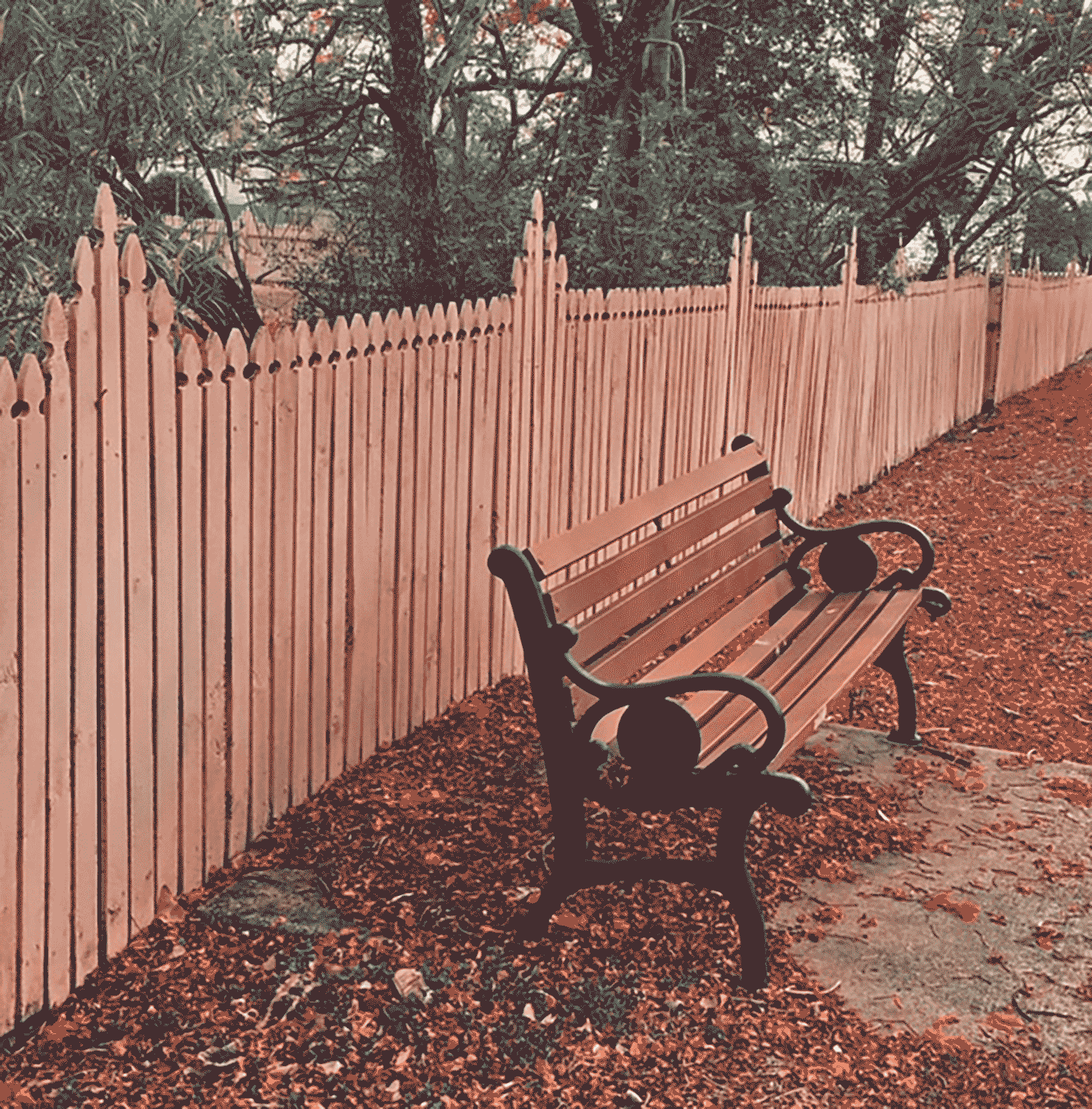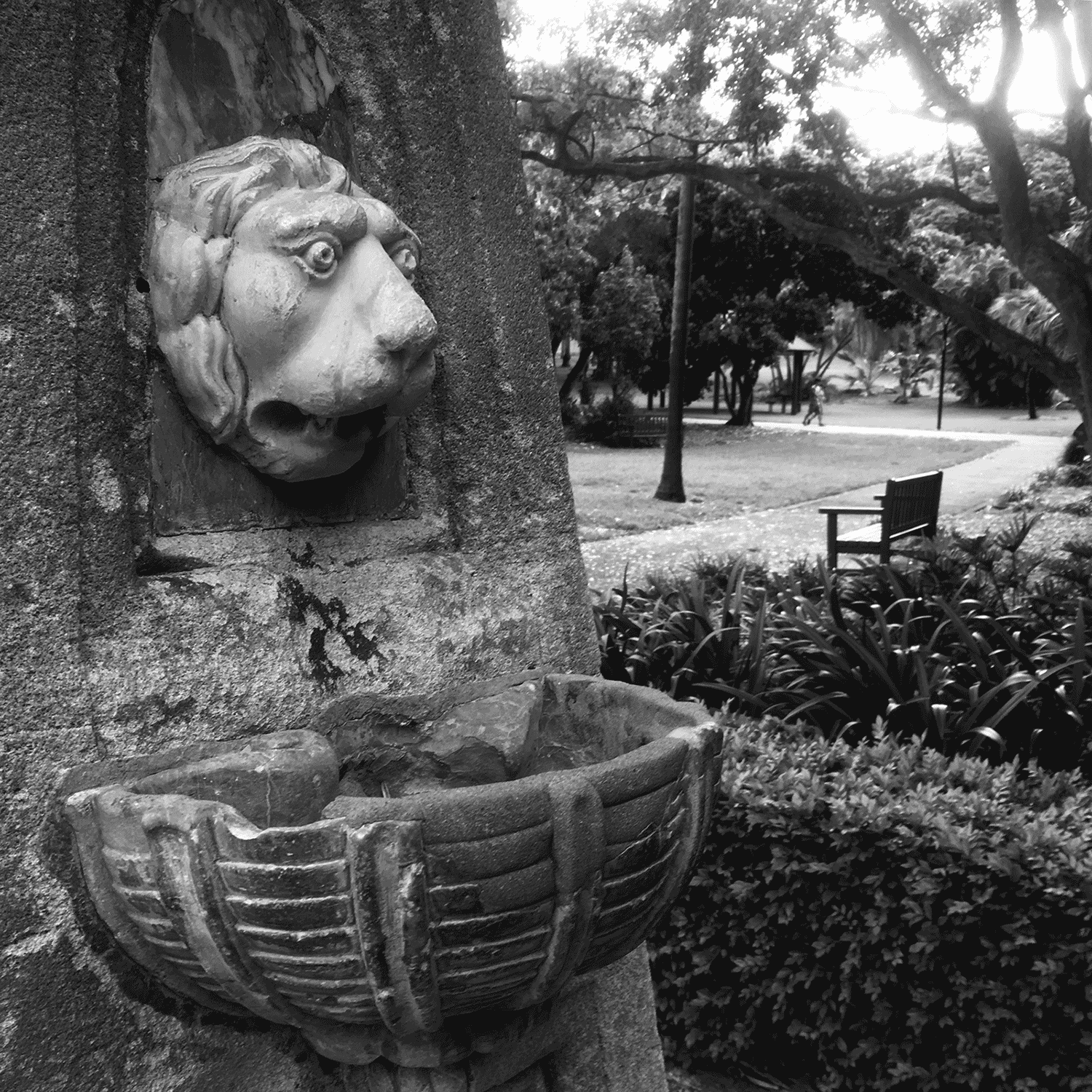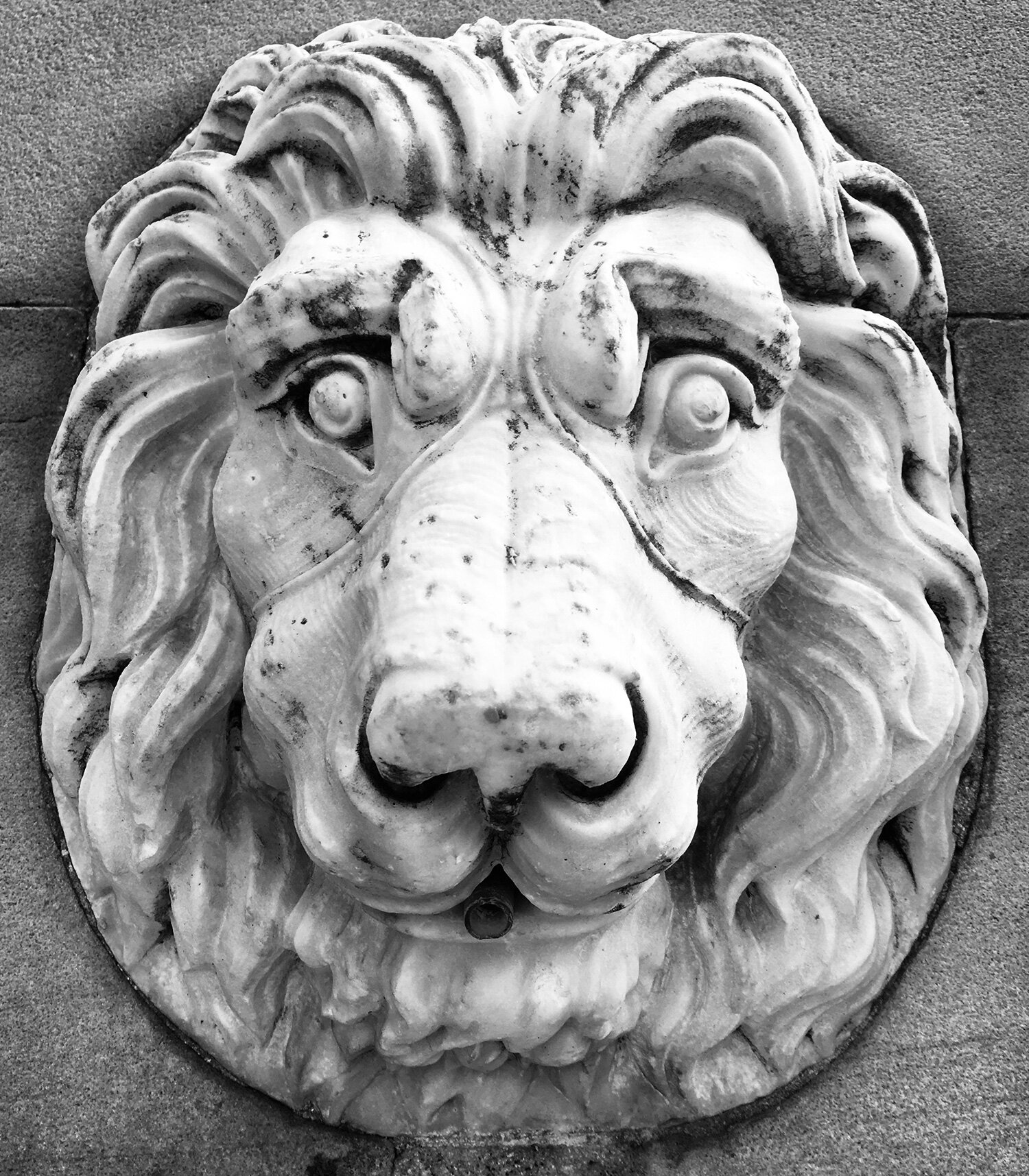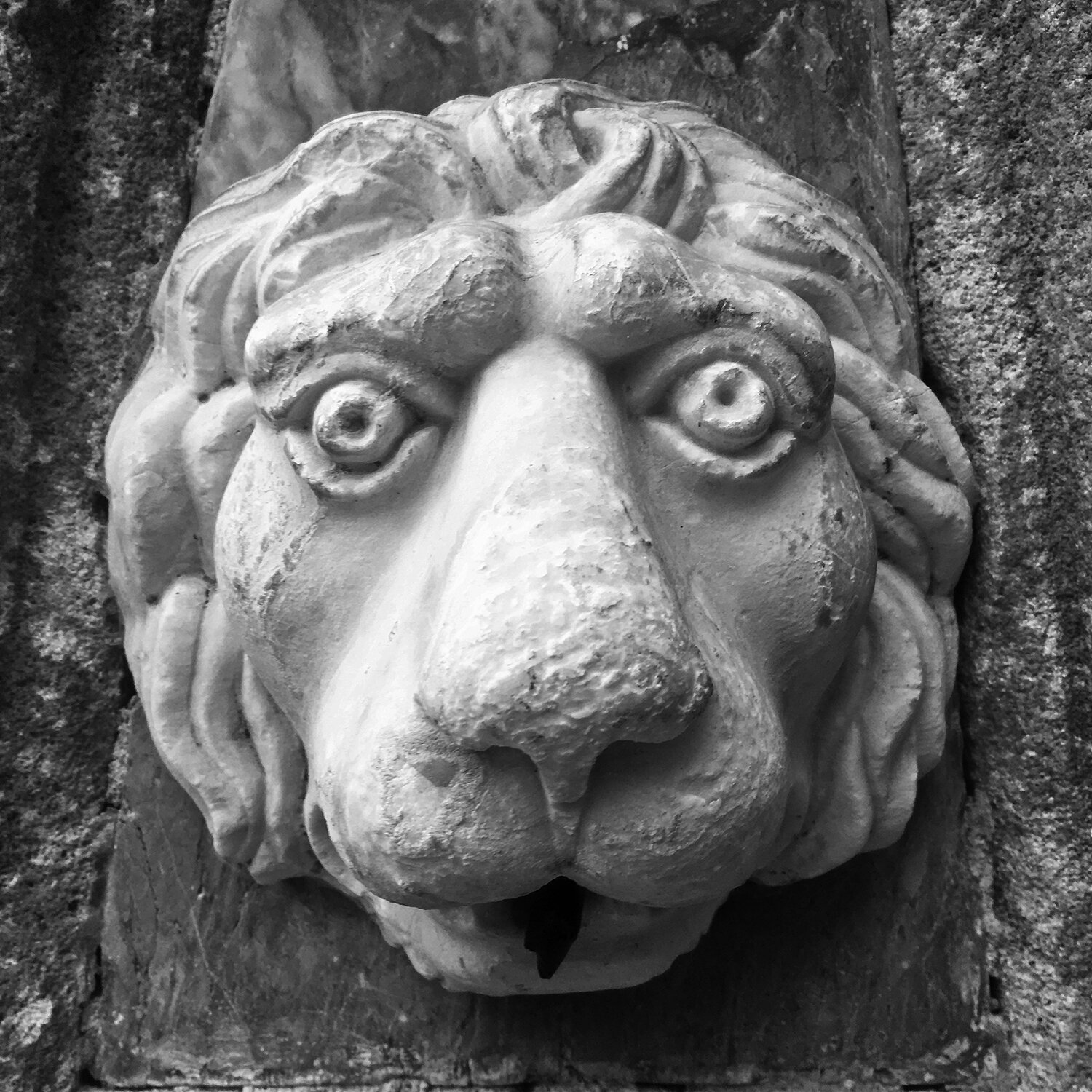
Urban Discovery
Urban discovery leads one along paths less trodden to reveal features that help create a unique sense of place.
Walking to school and the local shops allowed me many opportunities to explore the neighbourhood streets, laneways and post-war industrial zones subject to whatever route was chosen. The observed relationships between topography, physical resources, land uses, population, settlement patterns, infrastructure, architecture, vegetation and wildlife provided me with an appreciation for the disciplines that I pursued in my career as an environmental planner and in later horticultural studies.
Taking the time to haphazardly detour from beaten paths encourages community engagement and lays the foundations for story-telling.
CASE STUDY
BRISBANE LIONS
Brisbane Lions is an on-going thematic study documenting and photographing sculptures of lions. Lions, representative of the British empire, feature in the decorative design of many of Brisbane’s colonial era buildings and structures. However, due to the typically high placement of the sculptures on building facades, or otherwise obscure locations, they are seldom noticed by casual observers.
Among the earliest examples are intricately carved marble lion-heads incorporated into obsolete and neglected drinking fountains located in the City Botanic Garden and at Musgrave Park, Petrie Terrace, respectively dating from 1860 and 1896. Additional lion gargoyles, dating from 1888, surround a public memorial dedicated to firefighters killed in the line of duty located on the junction of Queen Street and Eagle Street.
SKILL SETS
Map reading
Appreciation for colonial architecture
Recognition of historic building styles
Archival research
Documentary planning
Interviewing
Thematic compilations
Tourism planning



